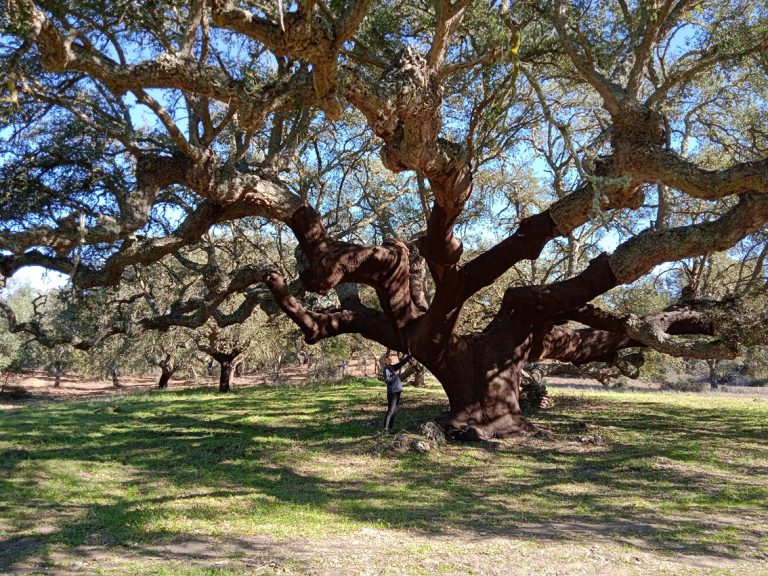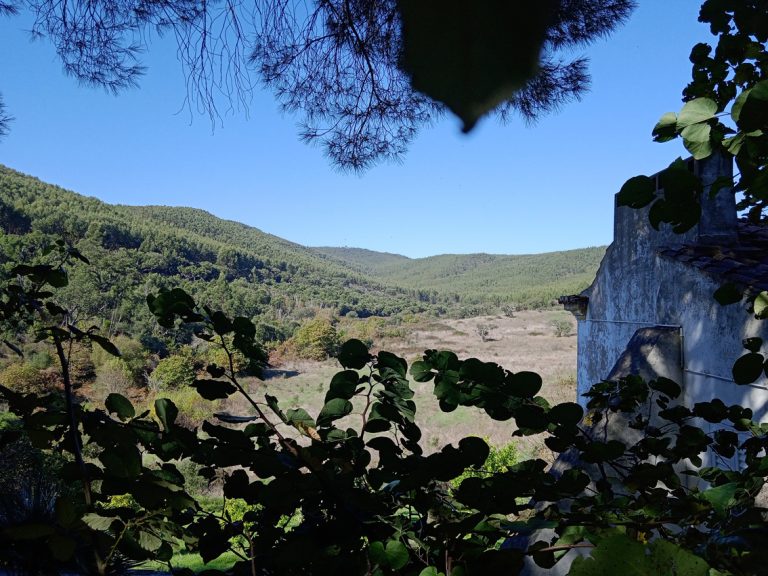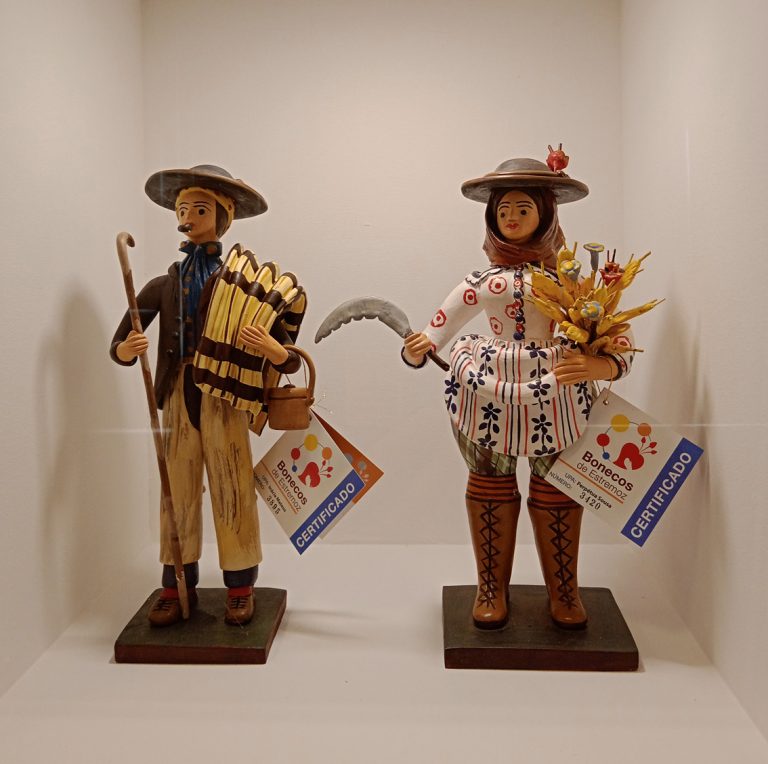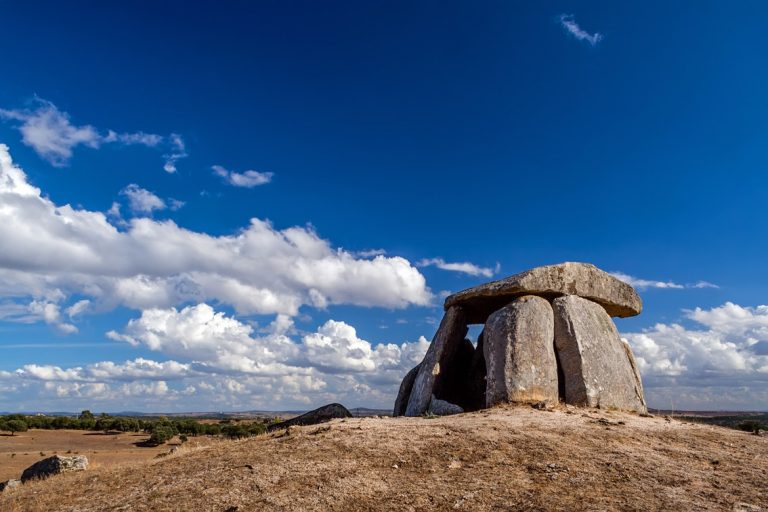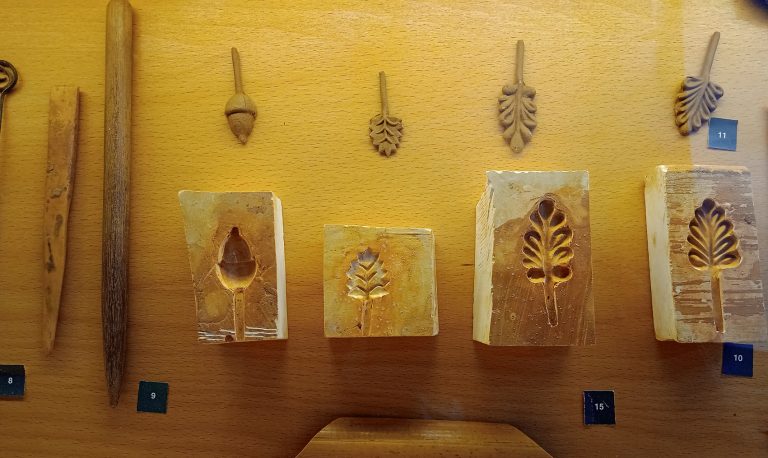Having been living full-time in Estremoz, Portugal, now for a year and four months, all of that time under the cloud of Covid, we were beginning to feel a little restricted. So we decided to look around for a suitable van for nights away, or to ‘pernoitar’ as the Portuguese say, and a chance to get out and explore the country.
This week, a friend suggested we go to see the winner of Portugal’s Tree of the Year, as it is just down the road from Estremoz in Vale do Pereira, near Arraiolos.
In collaboration with the children’s cancer charity Acreditar, local non-profit organisation, Terras d’Ossa, is set to host the 1st Solidarity Walk in the nearby Serra d’Ossa—and everyone is invited to take part!
When we made the decision to move permanently to the Alentejo, and specifically Estremoz, we were unaware of the Serra d’ossa and didn’t know that it would become so important to us. But once we discovered it, we soon became drawn to making weekly forays into its hidden depths, hardly ever meeting another living soul.
The traditional clay figures of Estremoz, or Bonecos de Estremoz, in 2017 were recognised by UNESCO as being an Intangible Cultural Heritage of Humanity—and are part of the cultural identity of the town.
Although this monument is a little way off from Estremoz, the Anta Tapadão at Aldeia da Mata really is worth a visit as it is one of the most accessible and complete dolmens in the country.
An hour’s drive north from town, Aldeia da Mata is a small village in the Portalegre district. As you draw close huge rock formations begin to appear in the surrounding fields – some even used as fences or outbuildings by local farmers – conjuring up an ancient medieval atmosphere before you arrive at the historic site.
You may have gathered by now that we are big fans of all forms of art and expression, and go out of our way to support our local artists and craftsmen. Following the Covid restrictions, we are happy to report that things are now opening up again and the Estremoz art scene is springing into life once more.
The Museu Municipal de Estremoz Prof. Joaquim Vermelho is at the top of the town in the castle square, in a building that dates back to the 13th/14th century—and is a great little place to visit if you want to know more about the town of Estremoz, it’s traditions, history and people.
Set out to resemble a traditional Alentejo home, the museum also includes a separate art gallery that hosts temporary exhibitions of modern art that change throughout the year.
The latest in a great series of exhibitions at the Estremoz tourist office that showcases the work of local craftsmen and artists is: Gaiolas com Arte.
On display until 5th September, the exhibition consists of around 15 individually-styled bird boxes made from reclaimed pallet wood, with each one painted to represent a traditional Alentejo monte complete with its own unique name.
Anyone who becomes a resident in Portugal is eligible to import one foreign-registered car tax-free. This is good news because the import taxes on cars here is extortionate, however, you do need to work through a whole list of documents and meet certain criteria in order to comply with the tax-free status—and you must have owned the vehicle for more than 6 months.
Coming from Spain, my little car had Spanish plates, but the same rules apply to importing vehicles from other EU countries and also British or US registered cars.


